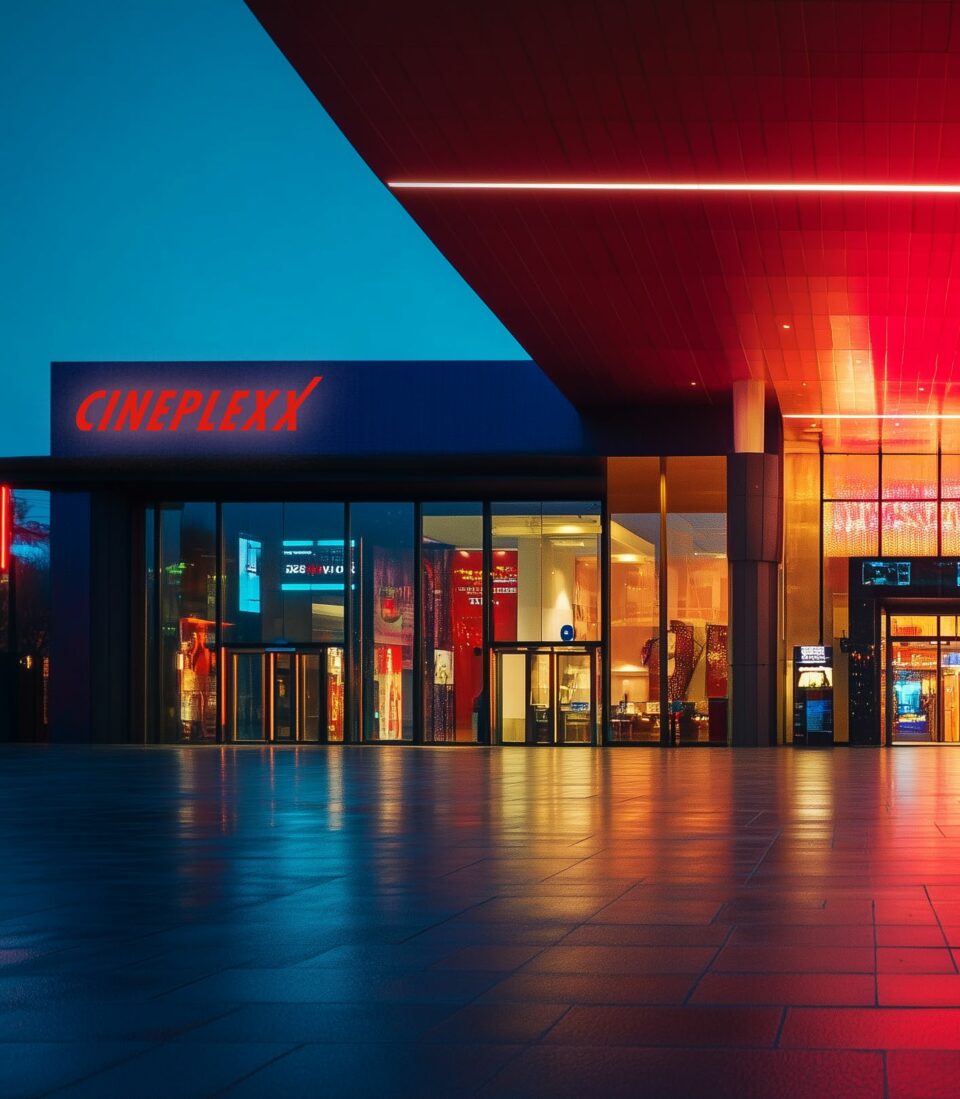Customer Story

C.H. Beck New
Query times reduced from minutes to seconds, improving customer support speed and employee productivity with Exasol’s scalable on-premises solution.

Cineplexx, a leading cinema chain in Austria and Southeast Europe, partnered with Sphinx IT to modernize their data infrastructure using Exasol Data Warehouse. This evolution enabled real-time operational visibility, personalized customer experiences, and data-driven decision-making across their multinational operations.
Austria
1300+
Entertainment
Exasol Data Warehouse

Cineplexx’s legacy data infrastructure, hindered their ability to fully utilize growing data assets during market expansion. Issues included pre-aggregated data hampering flexible analysis, lack of granular, transaction-level insights, and performance and scalability problems.

Cineplexx partnered with Sphinx IT to implement Exasol Data Warehouse using their Rapid Enterprise Deployment (RED) automation framework. This solution included automated data integration, an optimized semantic layer, and a fine-grained security model, delivering near real-time data updates for timely decision-making.
Near real-time data pipeline enabling immediate decision-making and adjustments across all operations, from staffing to promotions, optimized for each country’s unique market dynamics.
Integration of data from multiple touchpoints to create a 360-degree customer view, enabling personalized experiences, targeted promotions, and data-driven strategic planning to boost customer satisfaction and revenue.
Streamlined processes, optimized resource utilization, and data-driven forecasting across the cinema network, leading to significant operational efficiencies and cost reductions.